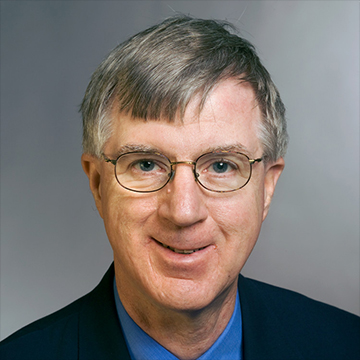Recellularized human colon model could aid in cancer research
Cornell researchers have helped develop a recellularized human colon model that could be used to track the pathogenesis of colon cancer and possibly gain insight into its spread to other organs. Read more about Recellularized human colon model could aid in cancer research


